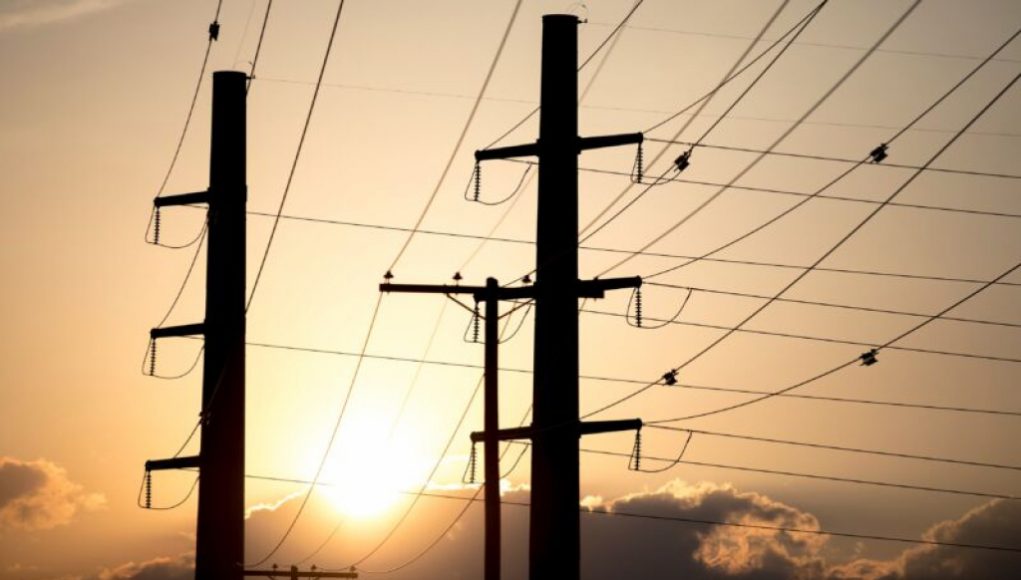This article originally appeared on Inside Climate News, a nonprofit, independent news organization that covers climate, energy, and the environment. It is republished with permission. Sign up for their newsletter here.
While a scorching heat wave gripped Texas with temperatures exceeding 100 degrees in late June, renewable energy production also reached new heights. On June 28, wind and solar power accounted for a record-breaking 41.6 percent of the electricity on the grid during peak hours.
Despite the record-breaking contributions from renewables, the Texas grid faces challenges due to strained transmission infrastructure. The grid’s efficiency is hindered by its inability to handle the full load of renewable energy.
Experts predict that the extreme heat will persist in the coming months, putting further strain on the grid. Texas, being the largest energy consumer in the country, has made significant progress in connecting renewable energy resources to the grid. However, the transmission infrastructure needs improvement to fully harness the potential of renewable energy.
The Electric Reliability Council of Texas (ERCOT), which operates the grid, expects export constraints from certain regions during high wind conditions throughout the summer. Texans have already been asked to conserve energy due to the narrowing gap between supply and demand.
While more transmission lines and battery installations are underway to stabilize the grid, they cannot replace retiring coal and natural gas plants quickly enough. This poses a challenge as these plants near the end of their life spans or become unprofitable.
Advertisement
A recent report by Americans for a Clean Energy Grid gave ERCOT a D+ grade for transmission planning and development. The report highlighted a significant increase in congestion on the ERCOT grid, estimating that $2.8 billion worth of energy could not reach consumers in 2022 due to crowded transmission lines.
Congestion on transmission lines leads to curtailment, where a portion of renewable energy is wasted because it cannot reach consumers. This curtailment poses an economic burden on the solar and wind industries, with up to 5 percent of renewable generation currently being curtailed in Texas.
Despite the transmission capacity shortage, the share of renewables in ERCOT’s fuel mix has been steadily rising. However, limited transmission capacity has prevented wind and solar generation from reaching even higher records.
Joshua Rhodes, a research scientist at the University of Texas at Austin, noted that limited transmission capacity could be observed through negative pricing in West Texas and lower-than-forecasted solar production.
As Texas continues to focus on diversifying its energy sources to better protect its electric grid, the state is experiencing increased strain on its transmission lines causing renewable energy to go to waste.
A large portion of the power generated in Texas now comes from renewable sources—such as solar and wind—which has led to a surge in the demand for new transmission lines needed to transport the electricity from where it is generated to where it is consumed.
Unfortunately, the existing transmission lines are already congested, meaning they are at or near full capacity and unable to move the additional electricity. As a result, power from renewable sources that should be going to homes and businesses is going to waste.
This is an especially important issue in Texas as the state is now the nation’s leading producer of wind energy. If transmission lines can’t keep up with this renewable source of energy, Texas will be unable to reach its renewable energy goals, as well as the climate targets set forth in the Paris Agreement.
To improve this situation, Texas is looking into ways such as increasing transmission capacity and strategically placing more transmission lines. According to the latest statistics, nearly $2 billion has been allocated to building such transmission lines across the state.
In addition, the Electric Reliability Council of Texas—which oversees the reliability and security of Texas’ power supply—has committed to investing in a high-tech energy “superhighway” that would be able to move large amounts of electricity from one part of the state to another.
It’s important that the Lone Star State looks for innovative solutions such as these to make better use of its renewable energy sources, as it not only represents a key step for Texas’ efforts to diversify its energy portfolio, but also for its sustained effort to reduce its carbon footprint.




















